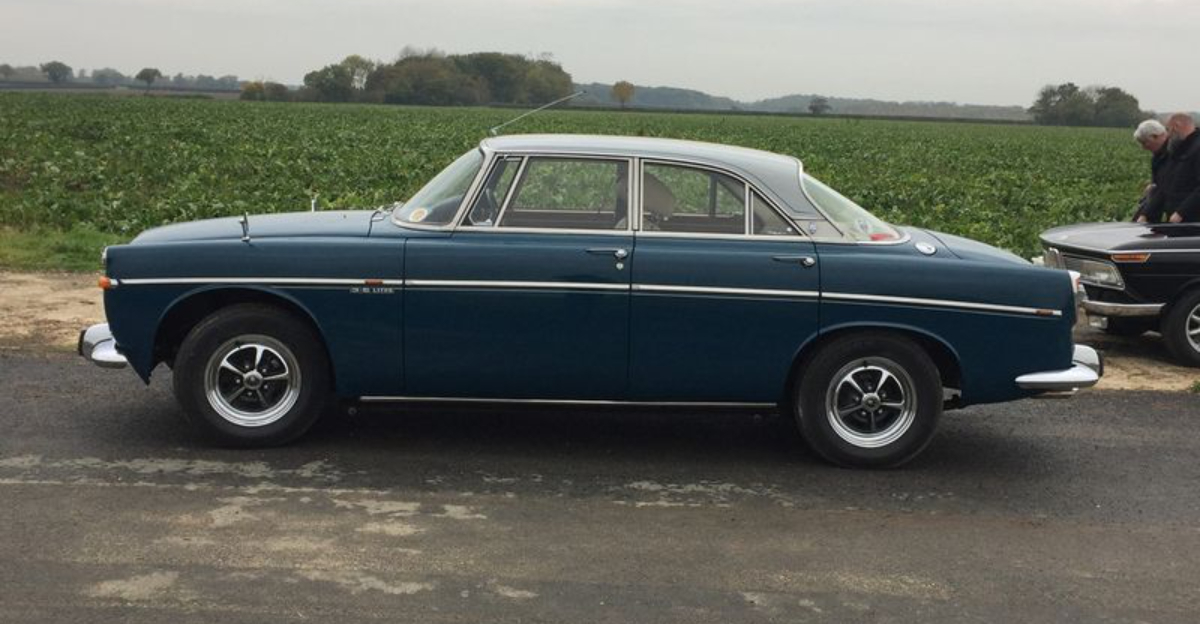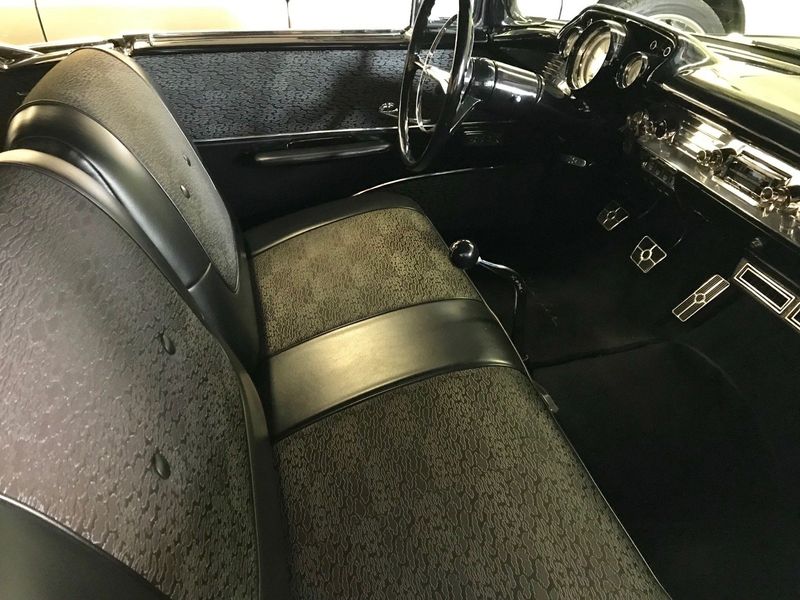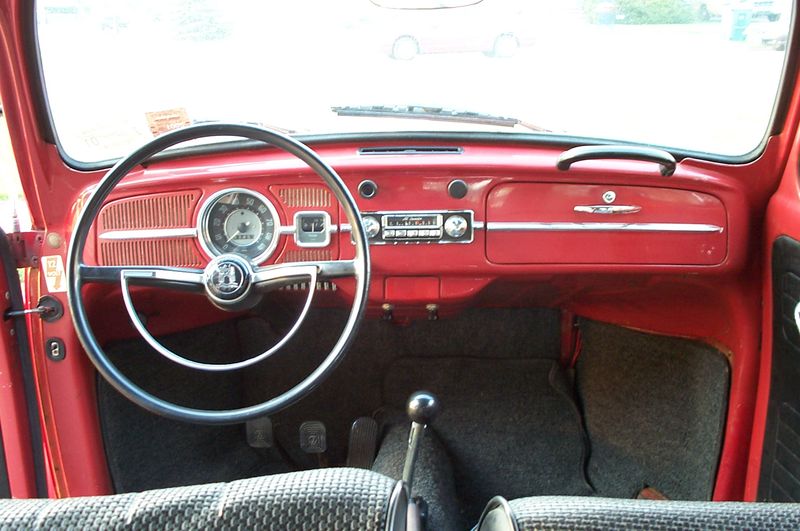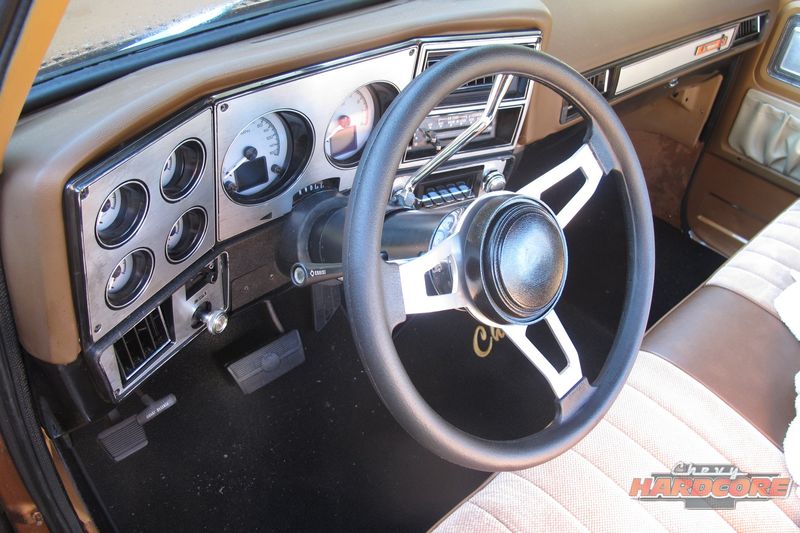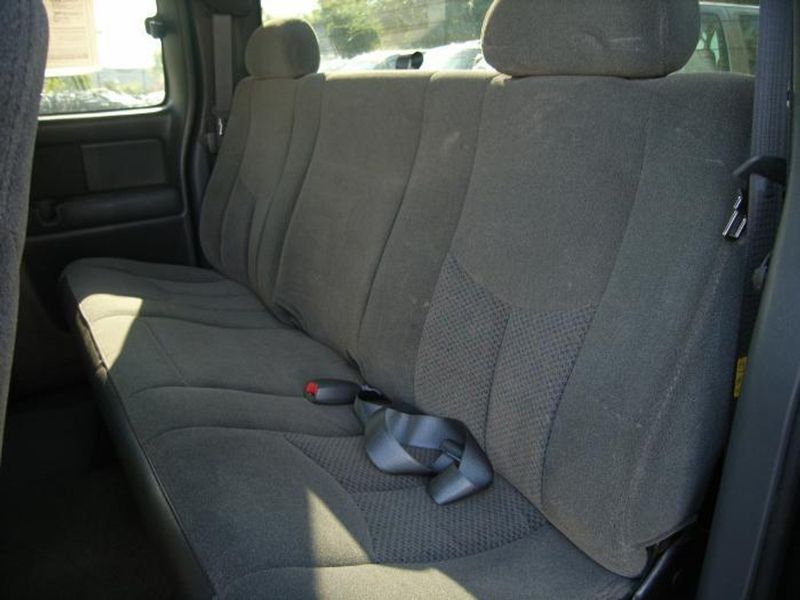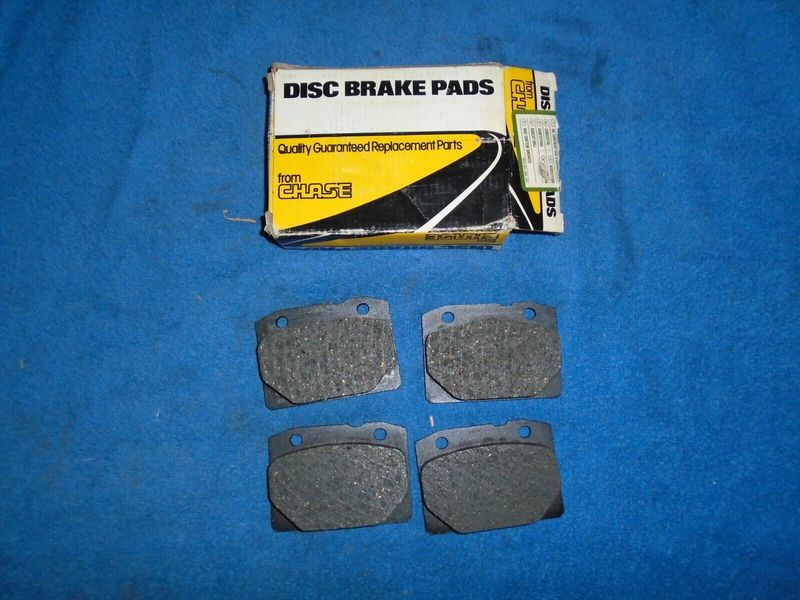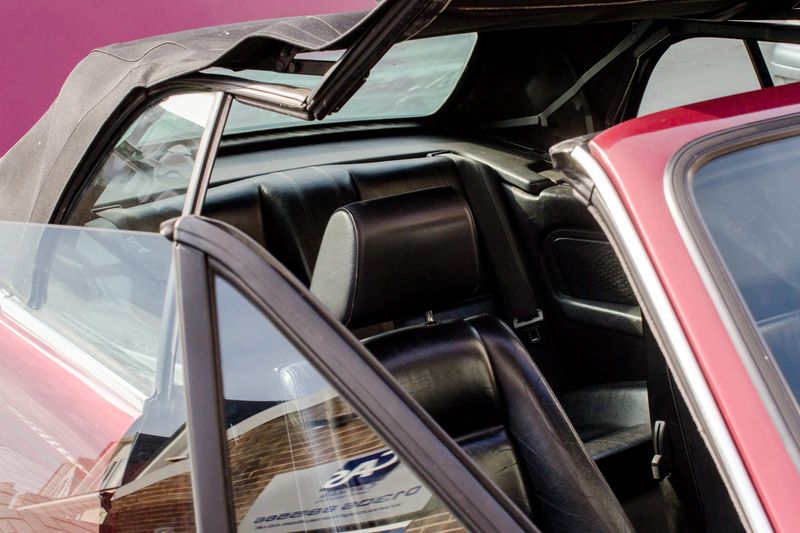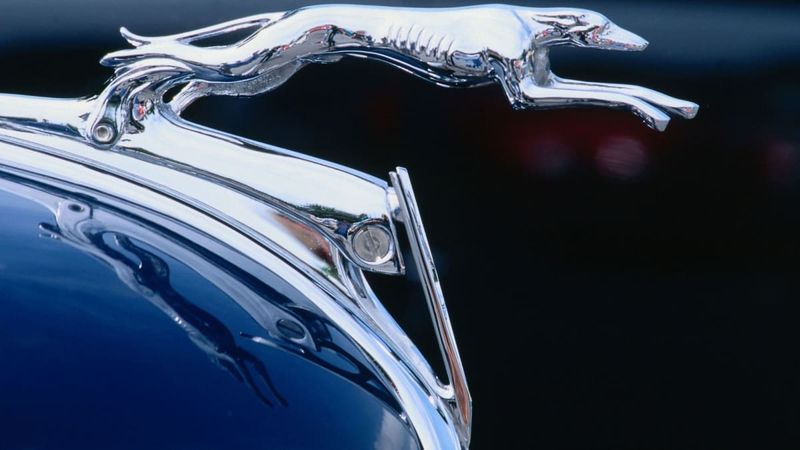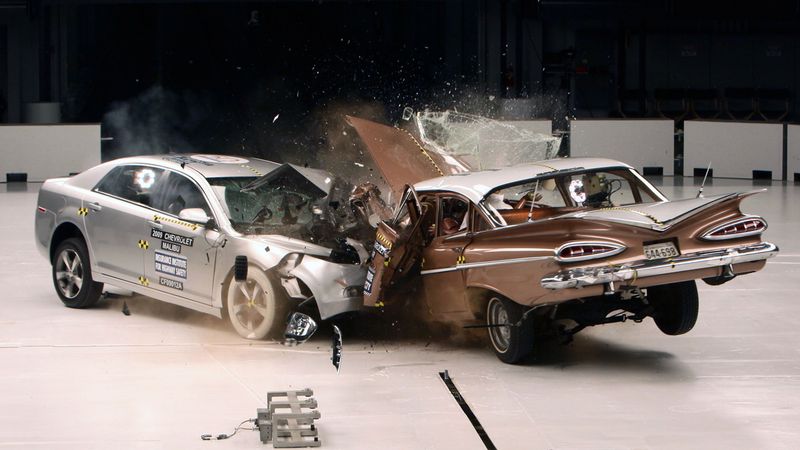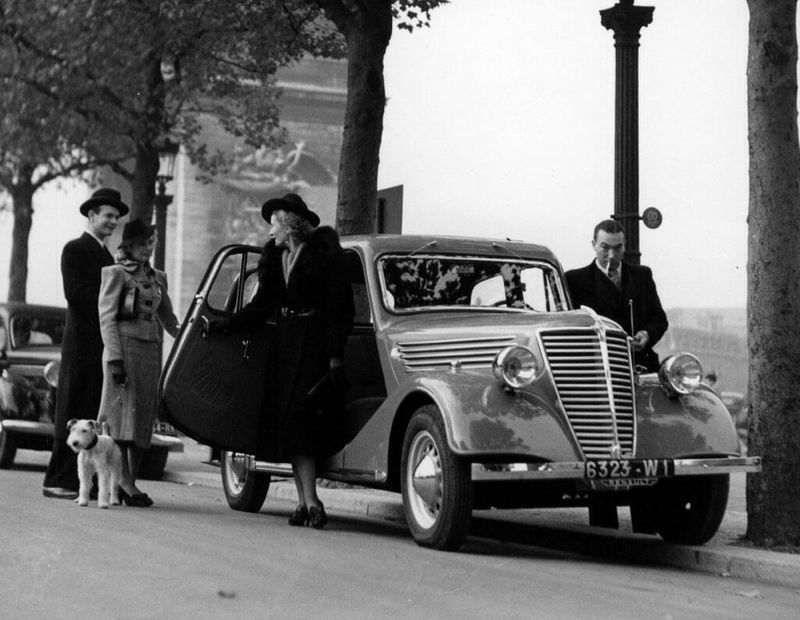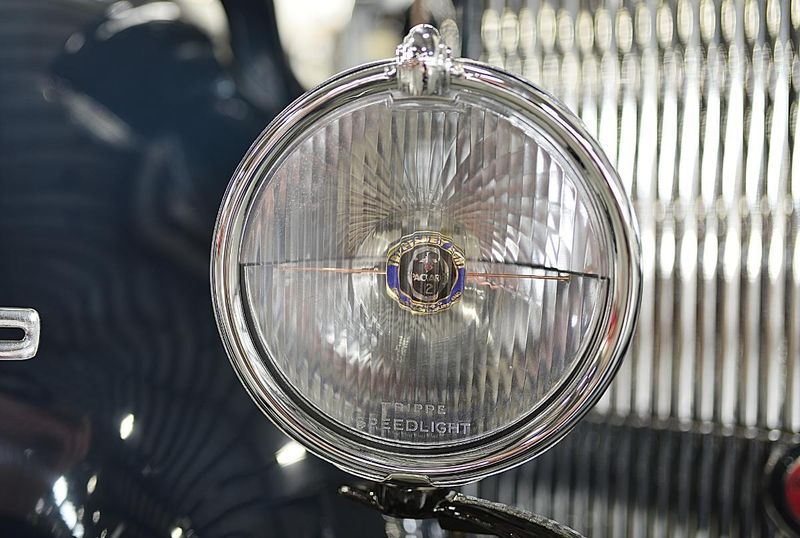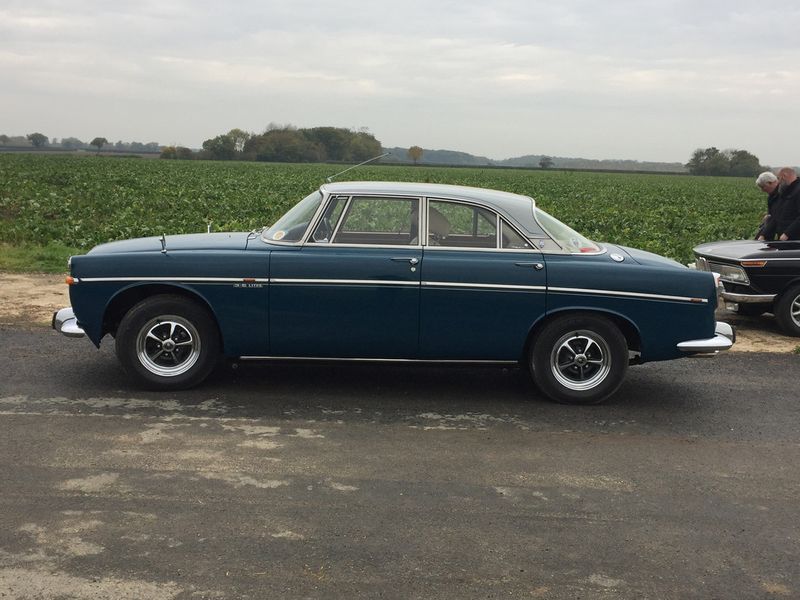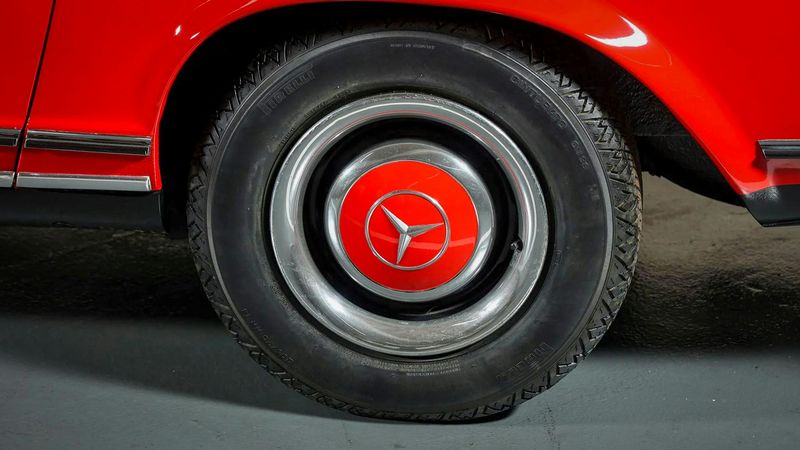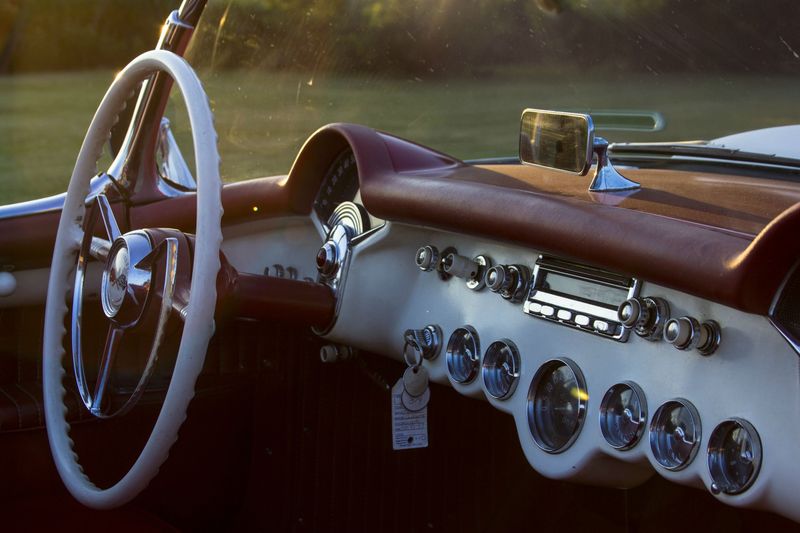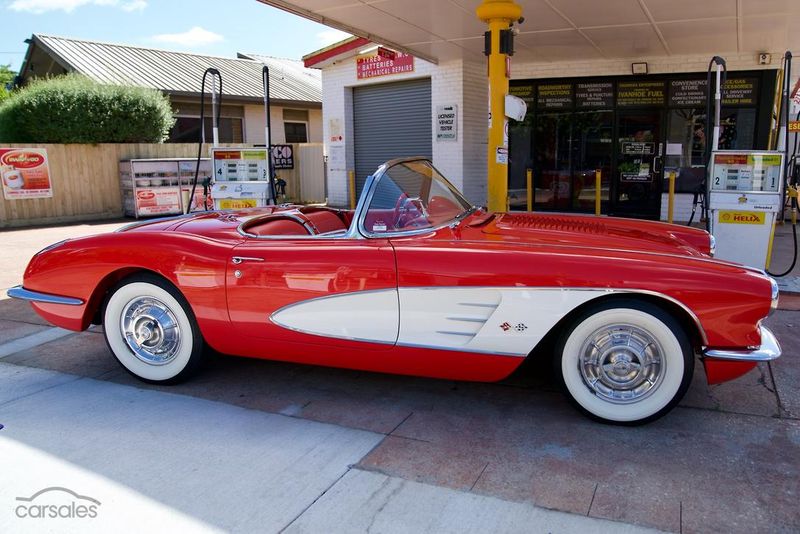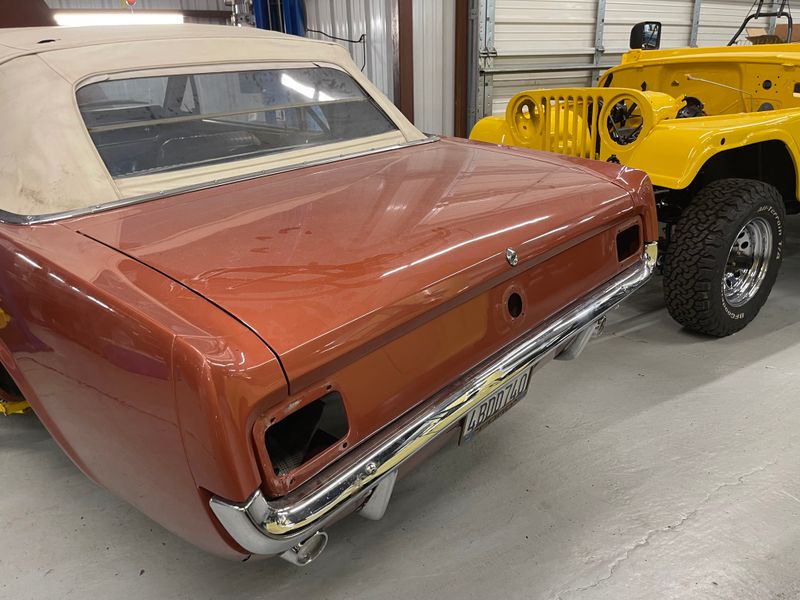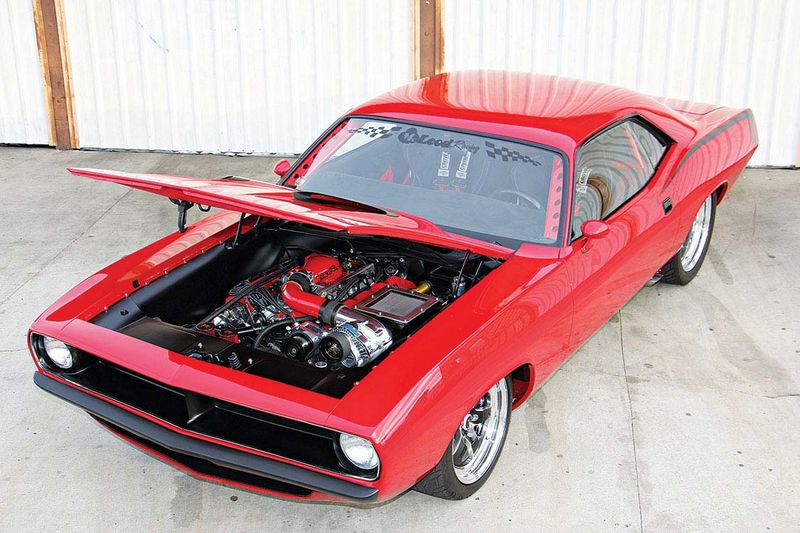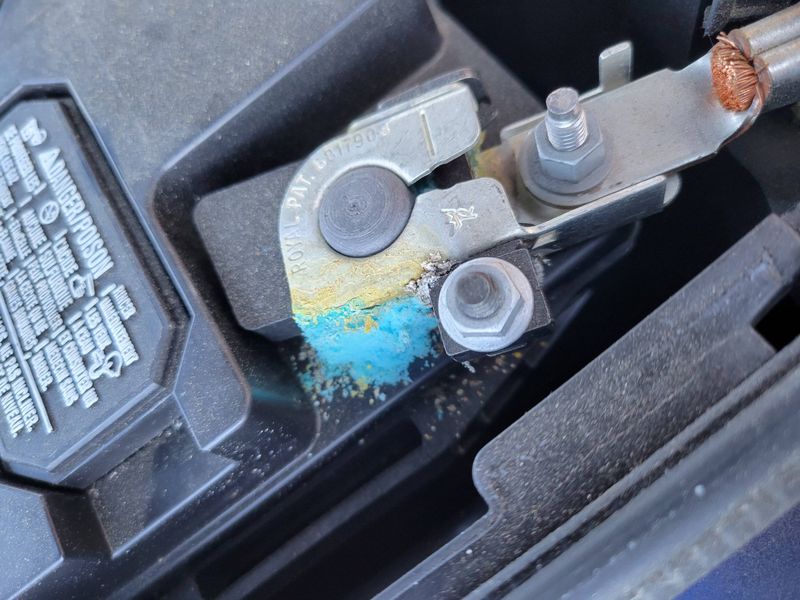Classic cars evoke nostalgia, reminding us of a bygone era of automotive design and style. However, many features that were standard in these vehicles pose significant safety risks.
This blog post explores 21 such features, questioning whether their nostalgic charm outweighs their potential for danger.
Each item invites readers to reflect on the evolution of car safety standards and the balance between design and functionality.
1. No Seat Belts
In the early days of automotive design, seat belts were considered optional, a mere accessory. Many classic cars rolled off production lines without them, leaving passengers vulnerable in accidents.
Manufacturers prioritized aesthetics over safety, believing the mere presence of seat belts would deter buyers. Without this basic restraint, occupants risked being thrown forward in collisions.
The absence of seat belts reflects a time when safety standards were still evolving. Today, wearing a seat belt is second nature, but it’s crucial to remember that wasn’t always the case.
2. Metal Dashboards
Metal dashboards, common in mid-20th century cars, were a design choice that prioritized style over safety. In a collision, these hard surfaces could cause severe injuries to passengers.
The dashboards were often adorned with sharp-edged decorations, adding to the hazard. Manufacturers eventually realized the danger, and padded dashboards became the norm.
Yet, the allure of these shiny metal fixtures remains potent for classic car enthusiasts. They serve as a reminder of an era when cars were crafted with a focus on aesthetics, sometimes at the expense of occupant safety.
3. Lack of Crumple Zones
Crumple zones are a modern safety innovation designed to absorb impact energy during a crash, reducing force on occupants. Classic cars, however, often lacked these zones, instead featuring rigid bodies.
This rigidity meant that in an accident, the vehicle absorbed little impact, transferring most of the force to passengers. The absence of crumple zones highlights a time when car safety was not as prioritized.
It underscores the advancements in engineering that have made modern cars significantly safer. Classic cars, despite their charm, remind us of these crucial safety developments.
4. Non-Collapsible Steering Columns
Classic cars often featured non-collapsible steering columns, a design that proved dangerous in head-on collisions. Upon impact, the rigid column could thrust toward the driver, causing severe injuries.
This design reflected an era before significant safety standards were established. Modern vehicles now include collapsible columns that absorb impact energy, mitigating risk.
While vintage car enthusiasts admire the authenticity of original designs, it’s important to acknowledge the improvements in safety technology. The evolution of steering column designs exemplifies how engineering has progressed to protect drivers and passengers more effectively.
5. Bench Seats Without Restraints
Bench seats were a staple in classic cars, offering ample space and comfort. However, without restraints like seat belts, these seats posed a significant safety risk. In a collision, passengers could easily slide across the seat or be ejected from the vehicle.
The lack of restraints reflects a period when comfort often trumped safety in automotive design. Although bench seats evoke nostalgia for their spaciousness and style, they serve as a reminder of the importance of modern safety standards.
Today, seats are designed with built-in restraints to enhance passenger safety.
6. Asbestos Brake Pads
Asbestos brake pads were once standard in vehicles, valued for their heat resistance and durability. However, it was later discovered that asbestos fibers pose serious health risks if inhaled.
Mechanics and enthusiasts working on classic cars are particularly at risk. The transition away from asbestos in brake pads marked a significant advancement in health and safety standards.
While asbestos brake pads are now obsolete, their legacy serves as a cautionary tale about the importance of understanding the materials used in automotive components. Today, safer alternatives ensure both performance and health safety.
7. Unsafe Convertible Roof Mechanisms
Convertible cars are celebrated for their open-air experience, but early models had roof mechanisms that posed safety hazards. Manual operations required careful handling, and improper use could result in injury.
The mechanisms often lacked safety locks, risking accidental deployment while driving. Modern convertibles include advanced systems with built-in safeguards to prevent such mishaps.
Enthusiasts value the charm of vintage convertibles, yet it’s evident how engineering has evolved to enhance user safety. This transition marks significant progress in design, ensuring that the joy of driving a convertible is paired with adequate safety measures.
8. Sharp Hood Ornaments
Hood ornaments were once a hallmark of automotive elegance, serving as brand symbols. However, their rigid and sharp designs could cause serious harm in collisions. These ornaments posed a particular risk to pedestrians and occupants alike.
Over time, regulations were introduced to mitigate these dangers, leading to retractable and flexible designs. While collectors cherish original hood ornaments for their craftsmanship, they represent a bygone era of automotive styling.
The evolution of hood ornaments reflects the broader shift towards integrating aesthetic elements with safety considerations in vehicle design.
9. Manual Choke Controls
Manual choke controls were essential in older vehicles, allowing drivers to adjust the air-fuel mixture for engine starting. However, misuse could lead to engine flooding or stalling, posing a risk during critical driving moments.
Modern vehicles have automated systems that manage engine startup processes more efficiently. The manual choke symbolizes a time when driving demanded a more hands-on approach, reflecting the mechanical nature of earlier automotive technology.
While some enthusiasts appreciate the control it offers, the shift to automated systems underscores advancements in vehicle reliability and user convenience.
10. Single-Circuit Brake Systems
Early cars often used single-circuit brake systems, where a single failure could lead to complete brake loss. This design posed significant safety risks, as any malfunction compromised the entire braking capability.
Modern vehicles utilize dual-circuit systems, providing redundancy to ensure braking functionality even if one circuit fails. The evolution from single to dual-circuit designs highlights the ongoing efforts to improve vehicle safety.
Although classic cars with single-circuit systems are valued for their historical authenticity, they underscore the importance of advancements in safety technology in modern automotive engineering.
11. No Side-Impact Protection
Classic cars were often built without side-impact protection, leaving occupants vulnerable in side collisions. The absence of reinforcements meant that even minor accidents could result in significant injuries.
Modern vehicles include side-impact beams and airbags to protect passengers from lateral forces. The lack of such protection in older cars highlights the evolution of safety features over time.
While collectors admire the sleek lines and simplicity of classic designs, these vehicles serve as a reminder of the advancements that have made modern cars safer for all passengers.
12. Suicide Doors
Suicide doors, rear-hinged and opening outward, were a design novelty in many classic cars. While visually striking, they posed significant safety risks, particularly if not properly secured while driving.
The design allowed doors to fly open with oncoming wind, increasing the likelihood of passengers falling out. Modern regulations have largely eliminated this design, favoring inward-hinged doors for security.
Enthusiasts appreciate the distinctive look of suicide doors, yet they are a testament to how vehicle design has evolved to prioritize passenger safety. This feature is a fascinating part of automotive history.
13. Poor Headlight Visibility
Headlights on classic cars often provided limited visibility, especially in adverse weather or at night. The technology of the time restricted the brightness and range of the lights, posing a hazard to drivers.
As lighting technology advanced, brighter and more efficient headlights became standard, significantly enhancing nighttime driving safety. Despite the charm of classic car aesthetics, their headlights are a reminder of the technological limitations of the past.
Modern headlights, with their superior illumination, underscore the importance of continuous innovation in automotive safety features.
14. No Rearview Mirrors
Early automobiles frequently lacked rearview mirrors, a feature now considered essential for safe driving. Without mirrors, drivers struggled with blind spots and limited rear visibility, increasing accident risks.
Over time, the importance of rearview mirrors became evident, leading to their ubiquity in modern vehicles. The absence of such a simple yet crucial feature in classic cars highlights the evolution of driver assistance technologies.
While enthusiasts admire the minimalist designs of vintage interiors, they also serve as a reminder of how far automotive safety standards have progressed.
15. Slick Bias-Ply Tires
Bias-ply tires, common in classic cars, were constructed with crisscrossing layers, providing a firm ride but limited traction, especially in wet conditions. These tires contributed to less predictable handling and increased the risk of skidding.
The development of radial tires, with superior grip and durability, marked a significant advancement in tire technology. While bias-ply tires are appreciated for their period authenticity, they remind us of a time when tire safety was not as advanced.
The transition to modern tire designs has greatly enhanced vehicle handling and safety on the road.
16. Gas Tanks Positioned Behind Rear Axles
Many classic cars featured gas tanks positioned dangerously behind the rear axles. In rear-end collisions, this placement increased the risk of fires or explosions. Modern vehicles design fuel systems with safety in mind, positioning tanks away from impact zones.
This change reflects the growing understanding of crash dynamics and the importance of protecting vital components.
While the placement of gas tanks in older models holds historical interest, it underscores the advancements in engineering aimed at enhancing vehicle safety. This evolution demonstrates the ongoing commitment to protecting passengers.
17. Unpadded Dashboards
Unpadded dashboards, a common feature in classic cars, were often made of hard materials like metal or wood. In an accident, these surfaces could cause significant injury to occupants.
The transition to padded dashboards marked a shift towards prioritizing passenger safety. Modern dashboards incorporate materials that absorb impact, reducing injury risk.
While unpadded dashboards add to the aesthetic appeal of vintage interiors, they highlight an era when design frequently took precedence over safety. This evolution is a testament to the advancements in automotive design, ensuring greater protection for passengers.
18. Pop-Out Windshields
Some classic cars were equipped with pop-out windshields, designed to eject during an impact to reduce injury. While innovative, this feature often posed more harm than good, as the glass could become a projectile.
Modern windshields are designed to remain intact, even in severe collisions, providing a barrier against debris. The pop-out design reflects a time of experimentation in automotive safety, leading to advancements that better protect occupants.
While collectors admire the ingenuity of such features, they serve as a reminder of the ongoing evolution in safety technology to protect vehicle occupants.
19. Thin, Fragile Frames
Classic cars often featured thin, fragile frames that offered little protection in collisions. These frames lacked the structural integrity to absorb impact, increasing the risk of injury.
Advances in engineering led to the development of robust frame designs in modern vehicles, enhancing crash safety.
While the delicate structures of vintage cars appeal to collectors for their elegance, they underscore the importance of structural improvements in automotive safety.
The transition from fragile to fortified frames highlights the progress in vehicle design, prioritizing passenger protection over aesthetic considerations.
20. No Airbags
In the era of classic cars, airbags were nonexistent. This absence meant that during collisions, passengers had no cushioning to absorb impact forces, increasing injury risks.
The introduction of airbags in modern vehicles revolutionized occupant safety, providing critical protection in accidents. While classic cars are valued for their nostalgic appeal, the lack of airbags highlights a significant advancement in automotive safety technology.
Today’s vehicles integrate multiple airbag systems, reflecting advancements in engineering designed to protect passengers from various collision angles. The evolution towards comprehensive safety features continues to save lives.
21. Exposed Battery Terminals
Exposed battery terminals were a common sight under the hoods of classic cars, posing electrical and fire hazards. Accidental contact with metal objects could cause short circuits or sparks.
Modern vehicles use insulated terminals and protective covers to minimize such risks. Collectors appreciate the raw, unrefined look of vintage engine bays, but exposed terminals remind us of the importance of electrical safety.
The transition to safer designs underscores the advancements in automotive engineering, focusing on reducing hazards and enhancing the reliability of electrical systems in vehicles.
